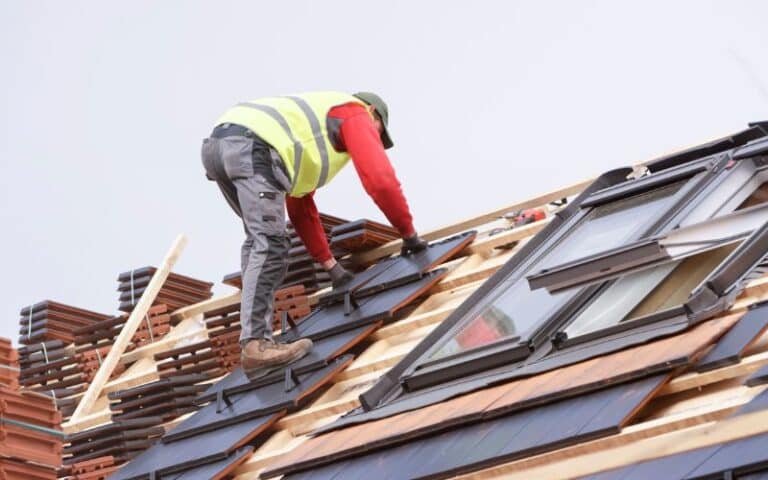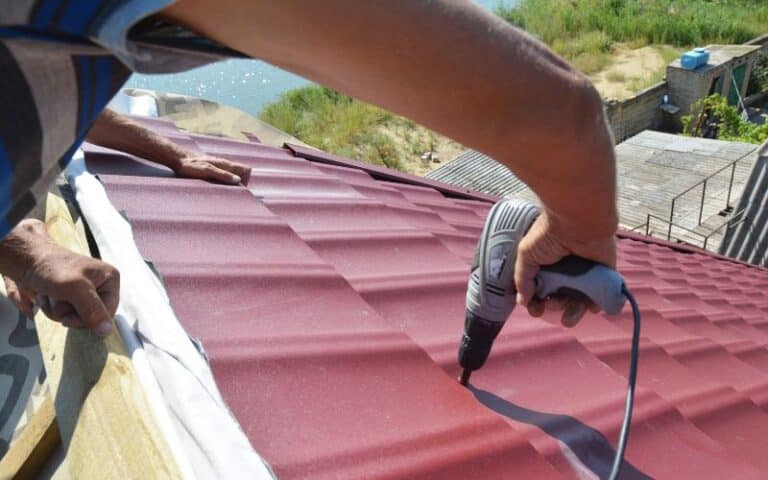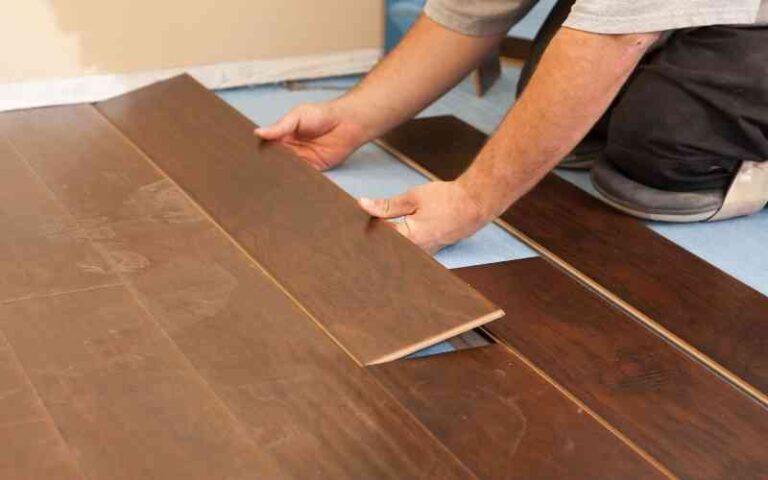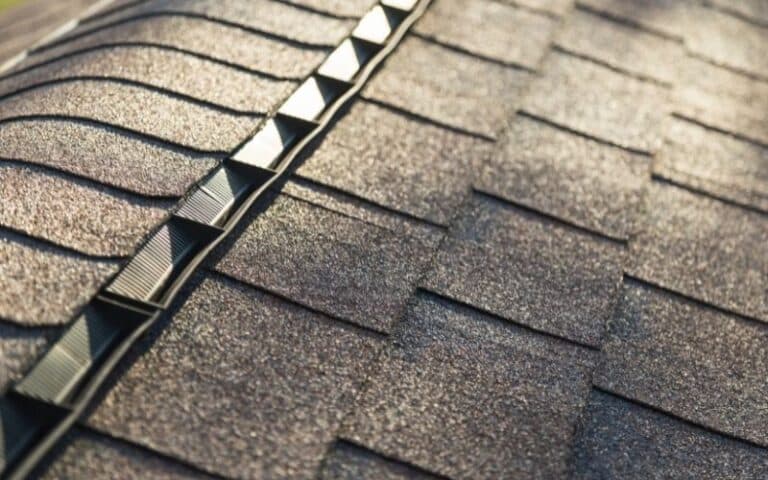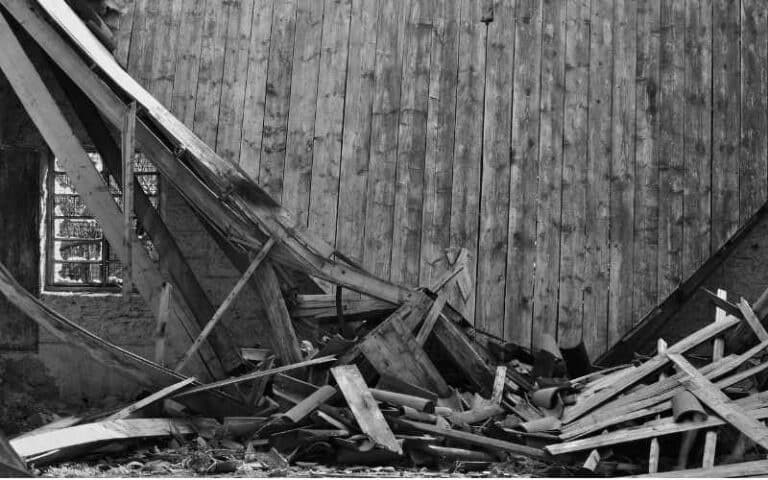Roofing felt goes a long way in protecting the roof and providing insulation in the home. It is also beneficial in protecting against water damage.
However, as strong and valuable as a roof is, it would eventually wear out, and we have to get rid of it.
Roofing felt is not expected to be toxic under normal conditions, although some harmful chemicals such as asphalt are present. These chemicals are more likely to be released during roof installation, stacking, and disposal.
Rules have been established for the disposal of roofing felts, so it is essential to contact the appropriate authorities or professionals whenever we need to dispose of them.
Roofing felt can be disposed of by a professional waste disposal company who can pick it up from a construction or demolition site, or you can take it personally to a waste company or a waste recycling center. Recycling is also a great way to dispose of it; you can do it through the same channel or method of disposal.
Ready for a Roofing Quiz?
Can I Put the Roof in a Skip?
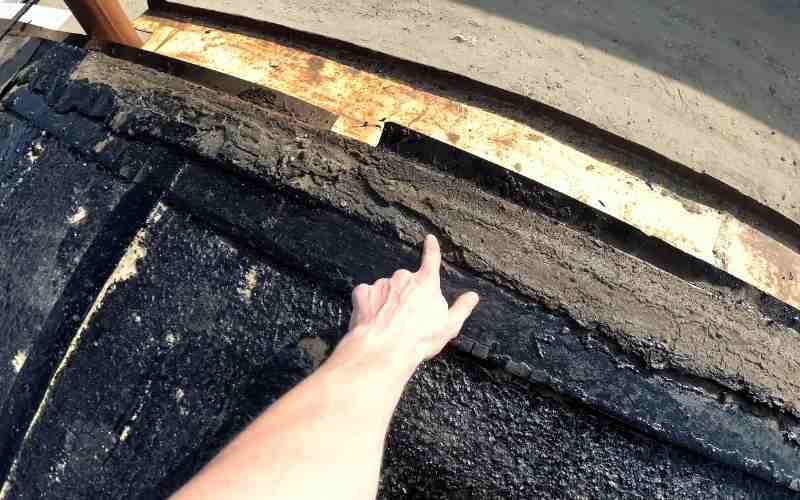
You cannot put felt in a skip or a dumpster. Felt roofing containing asphalt is classified as hazardous waste and thus can only be disposed of by an approved facility.
You will need to consult with your local council to determine the location and means to contact the approved facility. In addition, there are legal rules about what can be left in the skip.
Items that you cannot place inside must be removed and disposed of separately by other means. Different waste disposal methods aim to protect the environment and our health.
Items you can put in your skip include household waste like paper, cardboard, spoons, plates, and heavy materials like bricks, stones, etc.
Household hazardous waste may be harmful to the environment or health; As a result, it cannot be disposed of in the bin.
For example, items such as roofing felt are considered hazardous and therefore cannot be placed in a dumpster.
Inhaling this hazardous waste can damage your lungs or cause serious health problems like cancer.
Although it is not allowed to dispose of dangerous items in a dumpster, there are waste management companies that can properly dispose of them at a low cost or even for free.
You can also package Roofing Felt and Asphalt Roofing Shingles in a truck to a local garbage recycling center or landfill for disposal.
If you decide to distribute the waste yourself, wear protective equipment such as nose covers, safety glasses, and gloves.
Can You Recycle Roofing Felt?
Yes, you can recycle Roofing Felt, but you should contact an appropriate waste recycling center to manage the process professionally. Roofing felt can be used for more beneficial uses, such as bitumen production.
Roofing felt serves as an alternative to bitumen in asphalt production. Bitumen, an essential raw material in producing asphalt, can be extracted from roofing felt.
The recycling process converts the roofing felt bitumen waste into a commodity known as “BitumenMix.” BitumenMix can be wholly recycled, and no waste is created. Instead, raw materials are used directly in the manufacture of asphalt.
Since BitumenMix can replace up to 50% of pure bitumen in asphalt, the use of BitumenMix in asphalt production is cost-effective.
This allows producers to reduce their costs by purchasing bitumen mix. Another way to recycle felt is to reuse it for another purpose.
For example, you can use it for small animal cabins such as rabbit lodges and small garden terraces.
Roof shingles can also be recycled. Asphalt roofing shingles are widely used as roofing material and can be recycled due to their asphalt content.
In addition, recycled materials crafted from old roof shingles result in asphalt pavement for roads.
Asphalt roofing shingles are commonly used as a material and can be recycled due to their asphalt content.
Although asphalt roofing shingles have a 15 to 30 years shelf life, they will eventually need to be either disposed of or recycled for different uses.
How Do You Dispose of Shed Roofing Felt?
After the ceiling is uninstalled or removed, it should be disposed of at a waste recycling center. Felt disposal has to be performed professionally, or you can decide to have it done in person.
While it is generally recommended to take waste to recycling centers, there are essential guidelines you need to follow if you decide to dispose of them yourself.
Here are some guidelines to follow when disposing of a removed roof.
- You should use protective gadgets like work gloves, goggles, and breathing masks to protect yourself from the toxic additives in roofing cardboard.
- Always wear clothing that is adequately covered to avoid direct skin contact.
- Be sure to immediately wrap the removed roofing pieces in plastic wrap to limit environmental exposure.
- Avoid mixing roofing cardboard with various local household waste. Rooftop waste is disposed of through special channels and recycled separately from regular household waste recycling. Only tar roofing material, roof shingles, bitumen, and tar residue can be disposed of collectively with Roofing Felt in a single box or package.
- Shed Roofing Felts are labeled hazardous waste and should not be stored around.
- Professional disposal of roofing felts needs to be performed with the help of using professional waste companies.
- Be sure to check with your local council about how and where roofing can be disposed of. You can also visit the garbage disposal internet site for additional information.
Can You Burn Roof Felts?
You can burn roof felt but it is not advisable as it releases deep smoke during burning which is not eco-friendly. Felt roofing is flammable and ignites at 689 degrees Fahrenheit.
Although you may quickly burn wooden felts, metal felts will not burn. Instead, the metal roof can be sold as scrap. In addition, roofing felt should be protected from sparks as it is highly flammable.
Heat-induced combustion is also possible when you stack roofing felts. It’s quick to start a flame because of the heat-induced combustion, especially for new roofing felts.
In addition, it is essential to recognize that burning asphalt roofing shingles are also hazardous to health. Asphalt shingles contain asbestos fibers that can be released when the shingles are burned.
Asbestos is a famous risk factor for cancer and should not be taken lightly.
It is illegal to burn shingles, but they can be disposed of by a shingles recycling company near you or deposited in a landfill where it is correctly disposed of.
Furthermore, burning roof felt is hazardous to health and the environment. It must be properly bagged and disposed of by a licensed garbage collector.
Heating or burning ceilings releases harmful fumes discovered to damage the lungs and have been linked to certain types of cancer.
When heated, the ceiling becomes toxic. It releases hydrogen sulfide, which is a dangerous gas. However, it is released in small doses that are unlikely to cause harm.
The buildup of hydrogen sulfide in the body over the years irritates the eyes and respiratory system. Smoke from hot roofs can also irritate the lungs.
Conclusion
Roofing Felt is necessary to protect the roof and home from violent weather conditions, but disposing of it after it is no longer used is a significant problem. It is a construction demolition waste that requires a lot of care.
Therefore, it is advised to get the correct information from your local council before disposing to know the right channel and method.
There is also information about garbage disposal on the Internet and at various waste disposal centers.


